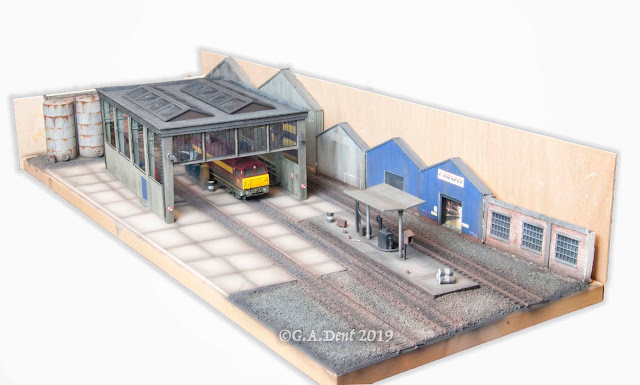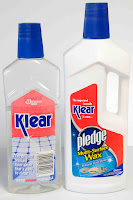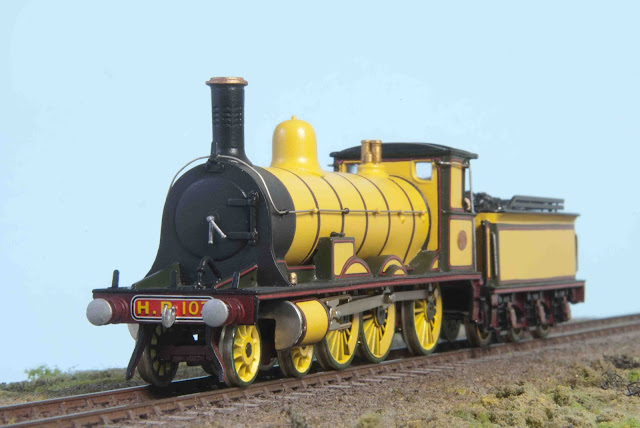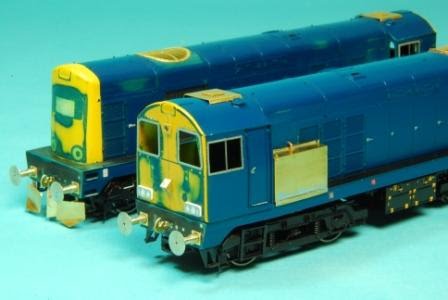JPA DEMO DERAILED
I suppose it has to happen sometimes, but it's frustrating when mistakes creep into a publication, especially when a lot of hard work has been put into an article. The latest issue of Model Rail (MR166) features the PH Designs detail kit for the Bachmann JPA in a Workbench Test (pp48-50). However, the step-by-step instructions have somehow become corrupted. Below is the order in which they were submitted. And apologies for any confusion caused...
Regular readers may remember my Blog entry on the subject of this detail kit, back in September 2011. Click here to read it again. More info on the PH Designs kit can be found here.















Comments
Post a Comment